Grid structure of major pathways of the human left cerebral hemisphere. Seen here are a major bundle of front-to-back paths (the “superior longitudinal fasciculus,” or SLF) rendered in purples. These cross nearly orthogonally to paths projecting from the cerebral cortex radially inward (belonging to the “internal capsule”), shown in orange and yellow. These data were obtained in the new MGH-UCLA 3T Connectome Scanner as part of the NIH Blueprint Human Connectome Project.
California Traumatic Brain Injury Attorneys
DTI (diffusion tensor imaging)
In addition to the brain functional imaging techniques, the newest study is DTI (diffusion tensor imaging). This is a more sophisticated MRI imaging method that allows one to visually track nerve fibers to see if there are disruptions from injury. It allows one to estimate the damage to nerve fibers that connect the white matter of the brain. DTI measures the restricted diffusion of water through brain tissue. Water does not freely diffuse in all directions in the brain because surrounding tissues limit its movement creating preferred directions of water diffusion. It is easier for water to diffuse along the length of a white matter nerve fiber than across it. The way that nerve fibers are oriented determines how the water flows. Parallel bundles of nerve cells make diffusion of water molecules easier along the main direction. This concept can be imaged and measured. DTI can be used to track a nerve fiber or path through which information travels in the brain. Tractography is showing the path of neural information from the brain, down the spinal cord and to the peripheral nerves. These color images of nerve fiber tracts are very dramatic.
Imaging techniques are getting more sophisticated every day. The goal is to be able to visualize brain activity and function on the cellular level. The newer techniques are routinely used by neuroscientists across the world and it is just a matter of time before they are all admissible in a court of law to prove TBI. A lawyer representing TBI victims has to have intimate knowledge of brain imaging to be able to effectively represent their client because these images give the client a distinct advantage in proving his or her case. These studies are expensive and one has to be sure that the attorney they select has the resources to get the best imaging studies available to increase the chances of full compensation for the brain injury.
Traumatic Brain Injury (TBI) imaging information:
An Introduction to Structural Brain Imaging for Traumatic Brain Injury (TBI)
An Introduction to Brain Function Imaging Studies for Traumatic Brain Injury (TBI)
Spectacular brain images reveal surprisingly simple structure
